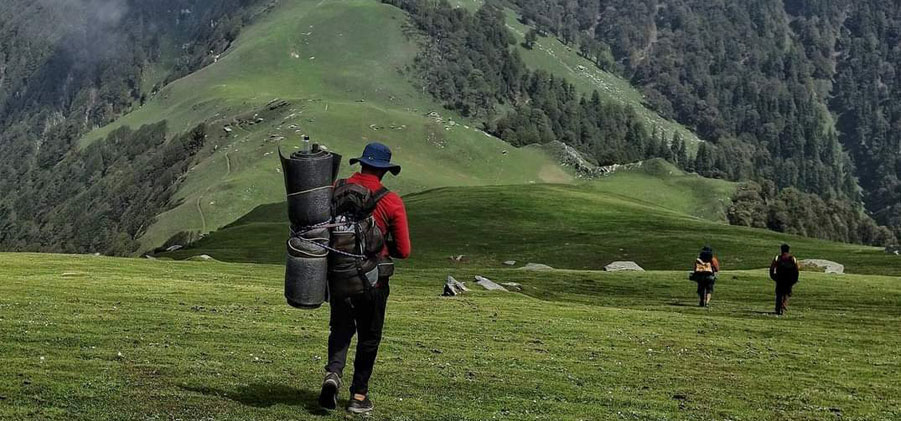Pahalgam sonmarg trek
It has terrific similarity with the Kashmir Great Lakes trek: superb meadows, wide open plains, impressive lakes, grand mountain views, but with one very big difference. The Tarsar Marsar trek has lot more variety. There are valleys that are flower-decked with such density that it takes careful stepping not to trample on flowers. There are streams that fall on ledges, creating shallow swimming pools that are surrounded by grassy knolls. The camp sites are in terrific settings. The Tarsar Marsar trek is a new experience of what beauty on a trek can be..
Day 1: Aru to Lidderwat
It is a gentle, but long climb from Aru to Lidderwat You will cover a distance of 10 km in 6 hours with an altitude gain of 342 m Look out for two clear streams and a wooden bridge half hour before Lidderwat You will pass through Nandkei which is a cluster of Gujjar settlements across the Lidder river Once you reach Lidderwat, you can explore the meadows and the clear streams that run through it. It is an absolutely delightful experience. Camp for the night at Lidderwat.
Day 2:Lidderwat to Shekwas
Gain an altitude of 480 m in 5 hours as you climb to Shekwas covering a distance of 6 km The trail is mostly ascending with intermediate flat grounds and one river crossing en route After passing through pine forests and some intermittent clearings you will reach wide sweeping grasslands that are formed from the merger of many valleys that converge here. The trail climbs swiftly past a few Gujjar huts to the camping grounds of Shekhwas Camp for the night at Shekhwas.
Day 3: Shekwas to Tarsar
It is a gentle climb to Tarsar through tall grasses, a few ridges and finally to the shore of the lake. Tarsar is 5 km above Shekhwas and takes 4 hours with an altitude gain of 518 metres. The turquoise blue water is surrounded by lush meadows and snow capped peaks – this campsite is truly heaven on earth. Camp at Tarsar and move to Sundarsar the next morning.
Day 4: Tarsar to Sundersar, optional visit to Marsar
The trek to Sundersar covers a distance of 5 km in 5 hours with a pass crossing. Some trekkers attempt a trek to Marsar, which is a closed lake set inside a cauldron with steep sides. The trail is a steep ascent in the beginning, followed by a descent and then a final gentle ascent to Sundarsar Sundarsar lake is not as large as Tarsar. Yet, the setting of the lake is just as beautiful. Around the lake are long grassy stretches with little sprouting flowers of yellow, blue and white. Sundarsar has big, flat streches that is a perfect camping spot.
Day 5: Visit Marsar, and get down to Sonamasti
The trail initially is a climb to Marsar, which is at an altitude of 13,170 feet. Explore the surrounding meadows, and finally descend to 11,000 feet. The trek covers a distance of approximately 8 km in 6 hours. The Sonamasti valley is a sharp drop of over 2,000 feet, over a series of grassy ledges. Each of these ledges has a little stream that runs down from snow melts and falls down to the ledge below forming a clear pond, before sliding off the cliff as a waterfall. The Sonamasti valley floor, again, is a breathtaking piece of nature’s art with small streams, brooks and green pastures. Camp for the night at Sonamasti.
Day 6: Sonamasti to Sumbal Sonamarg
Descend 4500 feet, and 11 km from Sonamasti to Sumbal. An early start will get you to Sumbal is
about 5 hours. From Sumbal to Sonamarg. The trek ends at Sonmarg.

